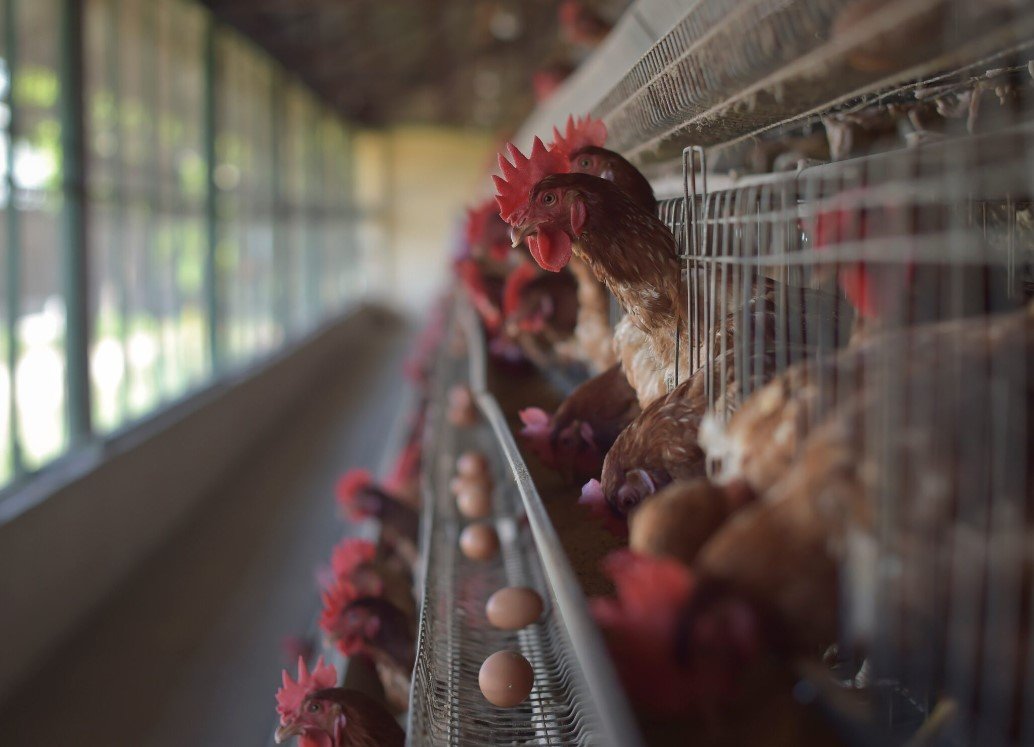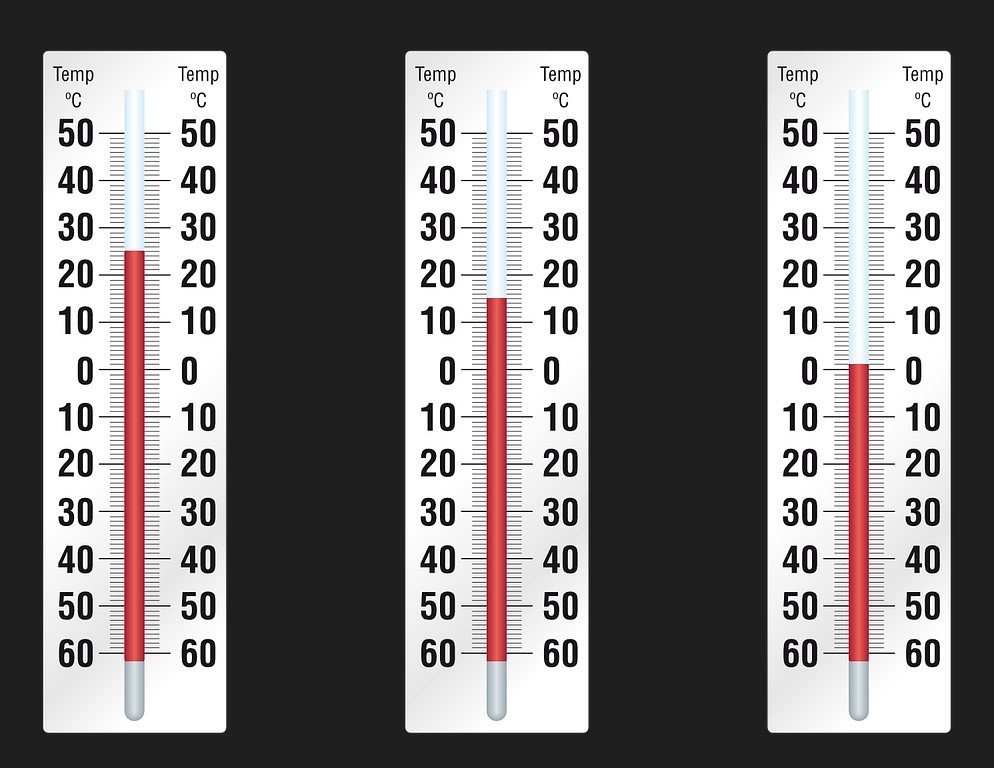As an expert in culinary practices, I appreciate the importance of knowing how long various foods remain safe for consumption. Especially with meat products like ground beef, being aware of their shelf life can help you plan your meals efficiently and avoid potential health risks. The shelf life of cooked ground beef is a fundamental aspect of food safety that everyone should be familiar with.
Have you ever wondered how long cooked ground beef is good for? The answer is straightforward. When properly stored in the refrigerator, cooked ground beef can stay fresh for up to 3 to 4 days. This time frame can vary depending on factors like the initial freshness of the meat and the specific storage conditions. If you’re looking to maximize the shelf life of your cooked ground beef, this article will be a valuable resource. So, let’s dive deeper and explore the best practices for storing cooked ground beef.
What Factors Influence the Shelf Life of Cooked Ground Beef?
The shelf life of cooked ground beef is dependent on a variety of factors. From the initial freshness of the meat to the way it’s stored post-cooking, each aspect plays a critical role in determining how long the beef remains good for consumption. The cooking process itself can also affect the shelf life. For instance, undercooked meat may not last as long as thoroughly cooked meat due to the potential presence of harmful bacteria.
It’s worth noting that the temperature at which the cooked ground beef is stored significantly impacts its shelf life. Consistently low temperatures (below 40°F) help slow down the growth of bacteria, thereby extending the freshness of the meat. On the contrary, if the beef is left at room temperature for more than two hours after cooking, it may not be safe to consume due to rapid bacterial growth.
According to research, approximately 48 million people get sick from foodborne diseases each year in the United States, with improper food handling and storage being significant contributors. Therefore, understanding how various factors influence the shelf life of cooked ground beef can help reduce the risk of foodborne illnesses and ensure safe consumption.
The Role of Proper Refrigeration in Preserving Cooked Ground Beef
Proper refrigeration is a critical factor in preserving the freshness and safety of cooked ground beef. It slows down the growth of bacteria, thus extending the shelf life of the meat. The ideal temperature for storing cooked ground beef is below 40°F (4°C), as this can inhibit bacterial growth and maintain the quality of the meat for a longer period.
However, simply placing the cooked ground beef in the refrigerator isn’t enough. It’s essential to store it in airtight containers or heavy-duty freezer bags to prevent air exposure, which can lead to freezer burn or spoilage. Additionally, dividing the beef into smaller portions before refrigeration can help maintain its freshness as you only need to reheat the amount you’ll consume at a time.

How Long is Cooked Ground Beef Good for: A Reliable Guide
According to a report by the U.S. Department of Agriculture, cooked ground beef stored at temperatures below 40°F can last 3-4 days in the refrigerator and up to 3 months in the freezer. This underlines the importance of proper refrigeration in preserving cooked ground beef.
Recognizing the Signs of Spoiled Ground Beef
Being able to identify spoiled ground beef is crucial in ensuring food safety and preventing foodborne illnesses. Changes in color, smell, and texture can be strong indicators that your cooked ground beef has gone bad. For instance, if the meat turns gray or has a slimy texture, it’s likely spoiled.
Additionally, an unpleasant or sour smell is another reliable sign of spoilage. While cooked ground beef naturally has a distinct smell, any drastic change in its odor might indicate bacterial growth. It’s always safer to discard the meat if you’re unsure about its freshness.
According to the Centers for Disease Control and Prevention, foodborne diseases cause approximately 48 million illnesses each year in the United States. Recognizing the signs of spoiled ground beef is a simple yet effective way to reduce the risk of such illnesses.
How to Extend the Freshness of Cooked Ground Beef
Ensuring the freshness of cooked ground beef for an extended period requires careful handling and storage. The steps you take right from cooking to refrigeration can significantly impact the shelf life of the meat. It’s important to understand these steps to enjoy delicious and safe meals.
Here are some practical steps to help extend the freshness of your cooked ground beef:
- Cook Thoroughly: Make sure the ground beef is thoroughly cooked to kill any bacteria present. Undercooked meat can spoil faster.
- Refrigerate Promptly: After cooking, allow the ground beef to cool slightly, then refrigerate it within two hours to slow down bacterial growth.
- Store Properly: Use airtight containers or heavy-duty freezer bags for storage to prevent exposure to air, which can cause spoilage.
- Divide into Portions: Storing the beef in smaller portions allows you to reheat only what you need, keeping the rest fresh.
- Keep Temperature Below 40°F: The refrigerator temperature should be kept below 40°F (4°C) to inhibit bacterial growth.
- Freeze for Longer Shelf Life: If you don’t plan on consuming the cooked ground beef within 3-4 days, consider freezing it. This can extend its shelf life to up to 3 months.
By following these steps, you can ensure that your cooked ground beef stays fresh and safe for consumption for as long as possible.
Thawing and Reheating Tips for Frozen Cooked Ground Beef
When it comes to extending the shelf life of cooked ground beef, freezing is a practical solution. However, the process of thawing and reheating this frozen meat requires careful attention to ensure food safety and maintain taste and texture. Knowing how to correctly thaw and reheat your frozen cooked ground beef can make a significant difference in your culinary experience.
Here are some key steps to follow when thawing and reheating frozen cooked ground beef:
- Refrigerator Thawing: This is the safest method to thaw frozen ground beef. Transfer the frozen meat from the freezer to the refrigerator and allow it to thaw overnight. Plan ahead as this method requires time.
- Cold Water Thawing: If you’re in a hurry, you can use the cold water thawing method. Keep the frozen beef in a leak-proof plastic bag and submerge it in cold water. Change the water every 30 minutes until the meat has thawed.
- Microwave Thawing: You can also use the defrost function on your microwave to thaw the frozen ground beef. However, be sure to cook it immediately after thawing as some areas may start to cook during the defrost cycle.
- Reheating: Once the beef is thoroughly thawed, you can reheat it on the stove or in the microwave. Make sure the meat reaches an internal temperature of 165°F to ensure food safety.
By following these steps, you’ll be able to safely enjoy your frozen cooked ground beef without compromising its quality and taste.
The Safety Measures to Follow When Consuming Cooked Ground Beef
When dealing with cooked ground beef, it’s crucial to follow certain safety measures to ensure its safe consumption. These measures not only pertain to the storage and reheating of the meat but also to its preparation and serving. Ensuring food safety can significantly reduce the risk of foodborne illnesses and enhance your culinary experience.
For instance, always wash your hands thoroughly before and after handling the meat to prevent cross-contamination. Use separate cutting boards for raw meat and other ingredients to avoid transferring bacteria. When cooking, ensure the meat is cooked thoroughly to kill any potential bacteria.
According to the U.S. Department of Agriculture, the internal temperature of ground beef should reach at least 160°F (71°C) to ensure it’s properly cooked and safe to eat. Following these safety measures can help you enjoy your cooked ground beef without worrying about potential health risks.
To Wrap Up
In conclusion, the shelf life of cooked ground beef is influenced by various factors, from the quality of the meat to the methods of storage and reheating. By understanding these factors, we can take steps to extend the freshness of the beef and ensure its safe consumption. Remember, food safety is paramount and can significantly reduce the risk of foodborne illnesses.
Moreover, recognizing the signs of spoilage and adhering to proper thawing and reheating procedures can enhance your culinary experience. With a bit of knowledge and care, you can enjoy your delicious cooked ground beef dishes without compromising on safety or taste.
Frequently Asked Questions
[faq-schema id=”1308″]
















